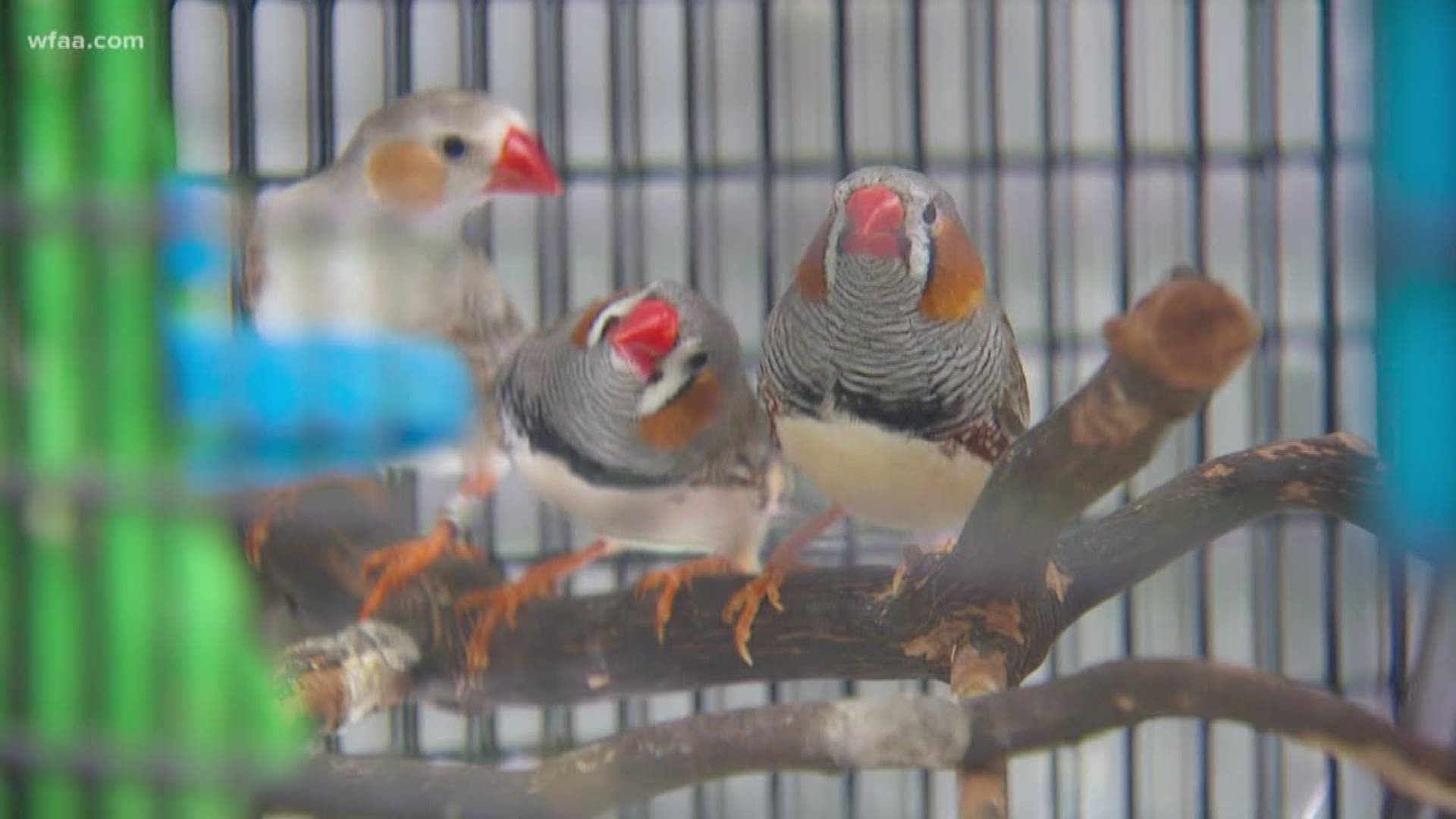DALLAS - Pinpointing how and why neurological disorders, like autism, impact speech could lead to more effective treatments and therapies. At UT Southwestern Medical Center in Dallas, researcher Todd Roberts, an associate professor of neuroscience, believes a breakthrough could be hidden in birds.
“We use zebra finches to study the neuro mechanisms for vocal learning,” Roberts said, “and it serves as a basic model for how humans learn speech.”
Roberts says zebra finches are not born with the ability to sing. They have to be taught, just like humans have to be taught a language. They are also unique in that they learn one song from their father and sing that one song their entire lives.
“So, a young bird in the first three months of life will first memorize his dad’s song, and then practice his innate song and change it into a copy of his dad’s song. This requires him to practice his song upwards of 120,000 times,” Roberts said. “He’ll practice his song every day, several thousand times making slow changes to it, using auditory feedback, so he listens to himself sing. He figures out which part of the song he’s producing correctly and which part he’s producing incorrectly, and slowly modifies it through practice. It’s very similar to the way humans first learn speech.”
“Everybody who has kids has watched them babble, practice saying ma-ma-ma or da-da-da. These young birds do something that’s very similar,” he said. “They actually go through the same behavioral patterns we go through when we learn speech when they’re learning to sing their song.”
Thanks to high-powered tiny microscopes, Roberts is able to see inside the birds’ brains while they sing their song.
He can not only pinpoint the circuits in the bird’s brain that are responsible for memorizing their song and singing it, but also track development of those circuits as a bird ages, mapping which neurons are firing during specific points in the learning process.
Roberts said his lab is trying to dissect the different regions of the brain involved in this aspect of learning.
“So, this provides us a model where we can start to understand the fundamental constraints in brain architecture and connectivity between different areas of the brain that allows for animals, including us, to learn complicated vocalizations," he said.
This knowledge could provide valuable insight for doctors treating patients with neurological problems that impact speech, like children with autism.
“Genes that are associated with speech and language development are turning on and off at different phases of development and playing different roles during these phases,” Roberts said. “What we want to do is start to test exactly what phases could you have the biggest impact in if you can restore function of these types of genes.”
Could birds lead to a cure for human speech disorders?
Zebra finches are not born with the ability to sing. They have to be taught, just like humans have to be taught a language.

